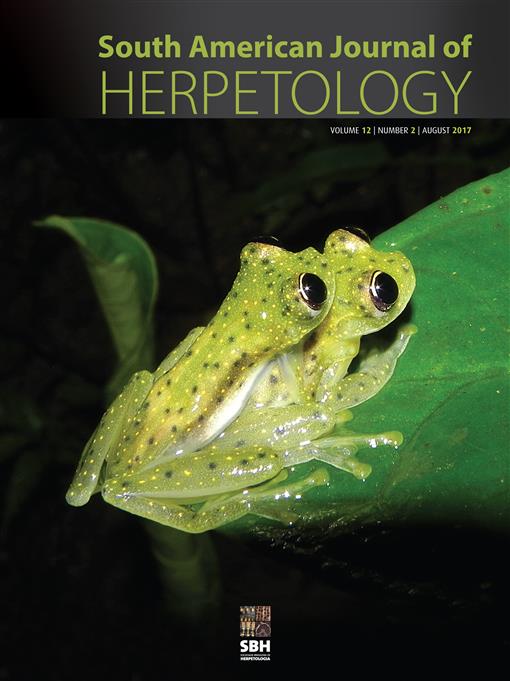Combining different sampling methods is essential to determine species richness. Recently, herpetological surveys have been conducted in poorly sampled regions in Brazil using data from scientific collections as complementary information for richness estimated from fieldwork. However, few studies have evaluated discrepancies between estimation of species richness obtained from fieldwork and scientific collections. Here, we demonstrate quantitatively how data available in scientific collections can be important complementary sources for assessing amphibian and reptile species richness. We used rarefaction and PERMANOVA to compare species richness and composition, respectively, of amphibians and reptiles from fieldwork carried out in southeastern Brazil with data from four of the most representative herpetological collections in the São Paulo state, southeastern Brazil. Our results showed no difference between amphibian species richness recorded in the field and scientific collections. In contrast, reptile species richness recorded in scientific collections was 2.5 times higher than in the fieldwork. Furthermore, pooling data from fieldwork and scientific collections increased amphibian and reptile species by 25% and 75%, respectively. Species composition of both amphibians and reptiles were significantly different between field survey and scientific collections. Thus, future inventories, ecological, and taxonomic researches may considerably benefit from information available in scientific collections.
How to translate text using browser tools
1 August 2017
What do Data from Fieldwork and Scientific Collections Tell us about Species Richness and Composition of Amphibians and Reptiles?
Fernando R. da Silva,
Diogo B. Provete,
Leyla K. Gerassi,
Rafael P. Bovo
ACCESS THE FULL ARTICLE
Anura
biodiversity
field survey
herpetofauna
museum
Neotropics
Squamata





